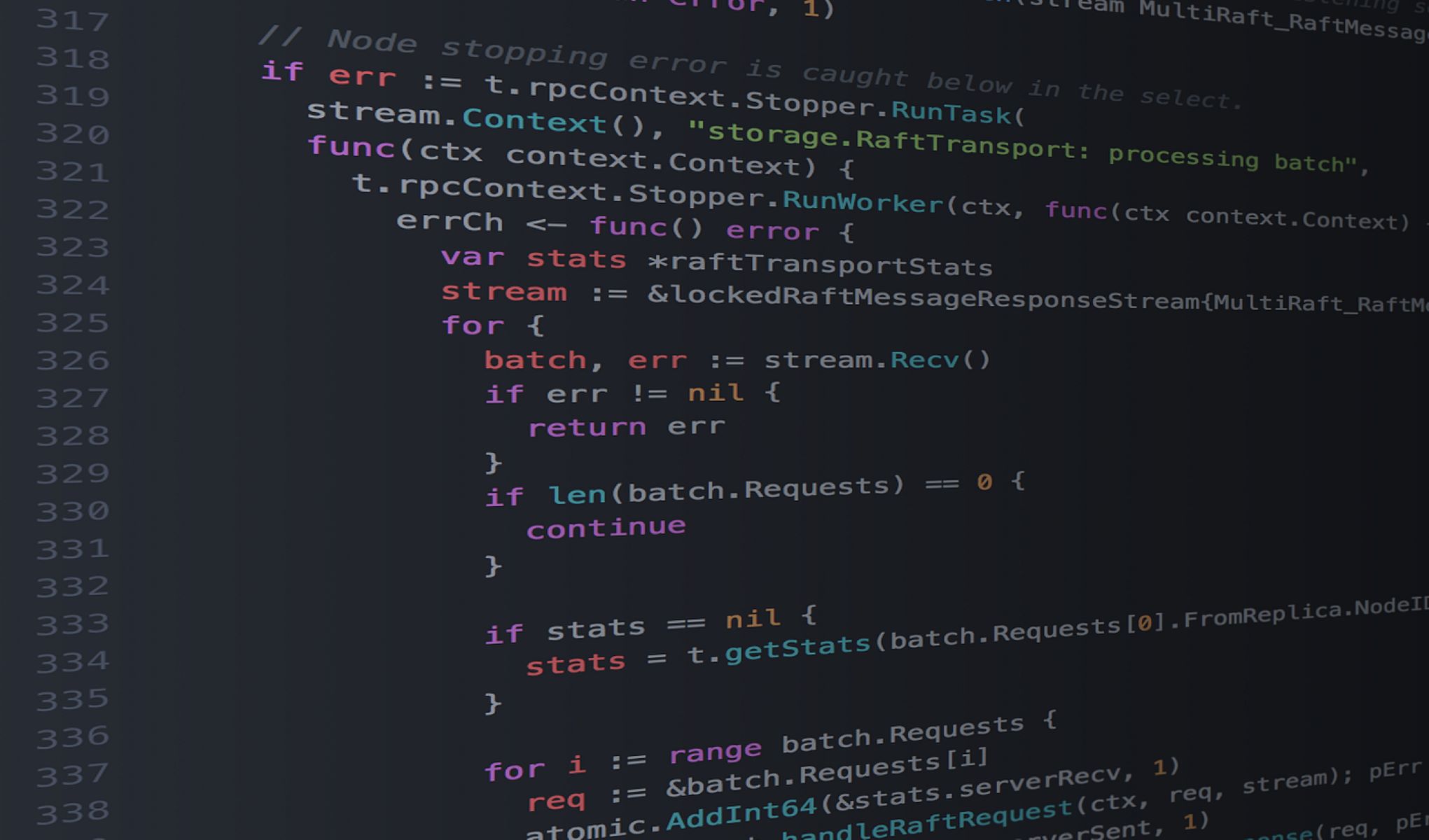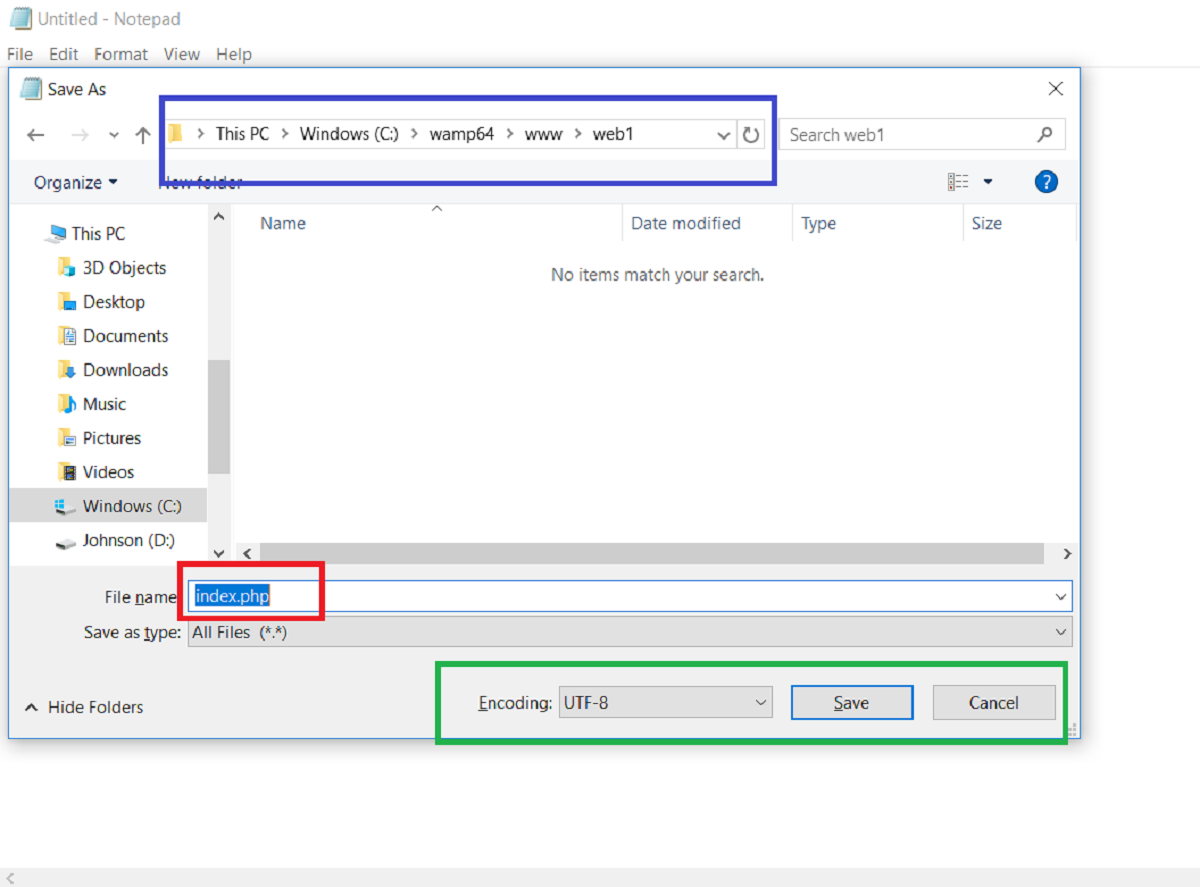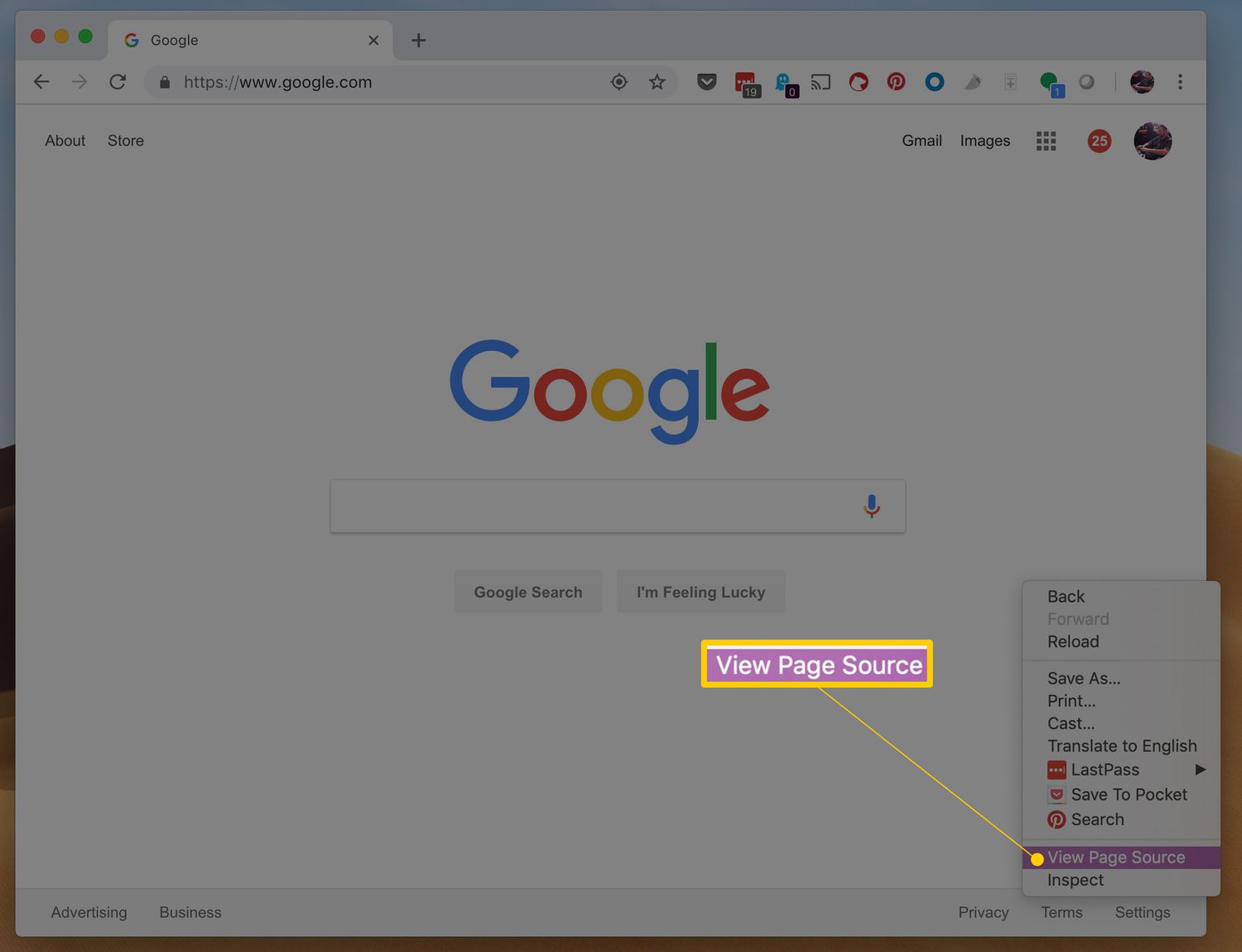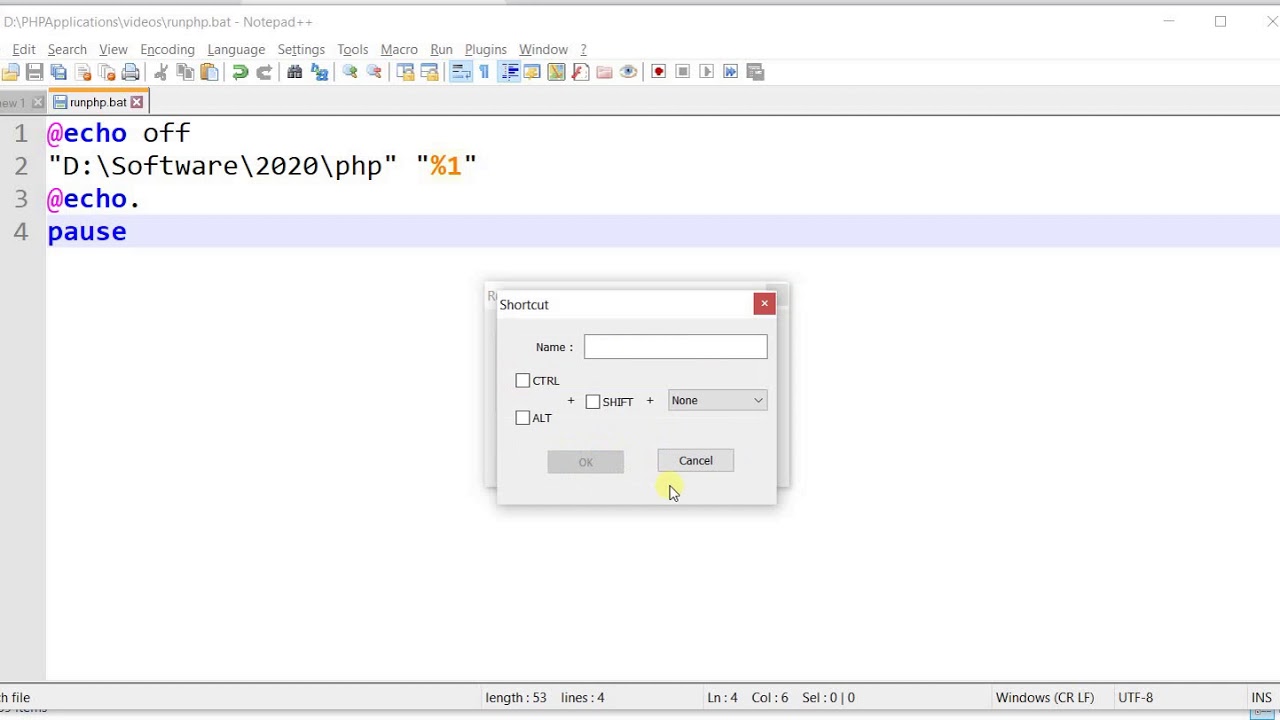What Is a Text Editor for Coding
A text editor is a software tool that programmers and developers use to create and edit code. It is a crucial tool in the world of coding, providing an interface where developers can write, modify, and save their code. Whether you are a beginner learning to code or an experienced developer, a text editor is an essential component of your coding arsenal.
Text editors are designed to be lightweight and efficient, providing a simple and distraction-free environment for writing code. Unlike word processors, which are designed for creating documents, text editors are specifically tailored to handle programming languages. They offer features that make coding easier, such as syntax highlighting, code completion, and the ability to navigate through large code files.
One of the key advantages of using a text editor for coding is its flexibility. Text editors support a wide range of programming languages, allowing you to work on different projects using different programming languages without needing to switch tools. They also enable you to customize the environment to suit your preferences, whether it’s changing the color scheme, configuring keyboard shortcuts, or adding plugins and extensions.
Another important aspect of a text editor is its ability to integrate with other developer tools. Many text editors offer seamless integration with version control systems like Git, allowing you to easily manage and track changes to your code. They also support collaboration features, enabling multiple developers to work on the same project simultaneously.
A text editor can be either a standalone application, like Sublime Text or Visual Studio Code, or it can be part of an integrated development environment (IDE), like Eclipse or JetBrains IntelliJ. IDEs are more feature-rich and provide additional tools and functionalities, such as debugger, project management, and build systems, making them suitable for complex projects.
Overall, a text editor for coding serves as a dedicated space for programmers to craft their code efficiently and effectively. It provides the necessary features and flexibility to streamline the coding process and improve productivity. Whether you are a hobbyist coder or a professional developer, having a reliable and powerful text editor is essential for writing clean, maintainable, and error-free code.
Why Do You Need a Text Editor for Coding
If you are venturing into the world of coding, you might be wondering why you need a dedicated text editor instead of just using a regular word processor or a basic text editing tool. Here are some compelling reasons why a text editor is essential for coding:
1. Syntax Highlighting: A good text editor provides syntax highlighting, which is the colorization of different elements in your code. This feature makes it easier to identify variables, functions, keywords, and comments, allowing you to write code more accurately and efficiently.
2. Code Completion: Text editors often offer code completion, which automatically suggests and completes code snippets as you type. This feature can save you time by reducing the need to type out lengthy code or search for syntax references.
3. Easy Navigation: When you’re working with large code files, it can be challenging to navigate through them. Text editors offer functionalities like line numbers, Go to Definition, and Go to Line, making it effortless to jump to specific parts of your code quickly.
4. Customization: Each developer has their preferences when it comes to coding environment. A text editor allows you to customize the interface, keybindings, and plugins according to your needs. You can choose themes, configure shortcuts, and add extensions to enhance your coding experience.
5. Integration with Developer Tools: Text editors seamlessly integrate with various developer tools and version control systems, such as Git. This integration enables you to manage your codebase efficiently, track changes, and collaborate with other developers working on the same project.
6. Lightweight and Fast: Text editors are designed to be lightweight and fast, ensuring a smooth coding experience even when working with large codebases. They focus on the essential features needed for coding, minimizing distractions and maximizing productivity.
7. Support for Multiple Programming Languages: Whether you are working with HTML, CSS, JavaScript, Python, or any other programming language, a text editor supports a wide range of languages. This versatility allows you to work on diverse projects without switching tools.
By using a dedicated text editor for coding, you can streamline your workflow, write cleaner code, and improve your overall coding productivity. It provides the essential tools and customizability that cater specifically to the needs of developers, ensuring an efficient and enjoyable coding experience.
Features of a Good Text Editor for Coding
A good text editor for coding should have a variety of features that enhance your coding experience and productivity. Here are some key features to look for when choosing a text editor:
1. Syntax Highlighting: Syntax highlighting highlights different elements of your code with distinct colors, making it easier to visually understand the code’s structure. It helps identify errors and improves code readability.
2. Code Completion: Code completion suggests and completes code snippets as you type, saving you time and reducing the likelihood of typos or syntax errors. It can provide suggestions for variables, functions, classes, and methods.
3. Multiple Cursor Support: This feature allows you to place multiple cursors within the code simultaneously. It enables you to edit or modify the same piece of code in multiple locations, improving efficiency when making similar changes throughout your codebase.
4. Version Control Integration: Integration with version control systems like Git makes it easier to manage your codebase, track changes, and collaborate with other developers. Look for text editors that provide seamless integration with popular version control tools.
5. Powerful Search and Replace: The ability to search for specific code snippets or patterns and to replace them globally is crucial for efficient coding. Look for text editors that offer advanced search functionality, such as regular expression support and case sensitivity options.
6. Customizability: Having the ability to customize the text editor’s interface, themes, keybindings, and preferences is important. Customizability allows you to tailor the editor to your personal preferences and coding style, improving your comfort and productivity.
7. Extensibility: Text editors with a strong ecosystem of plugins and extensions give you access to additional functionalities and integrations. Look for editors that support a wide range of community-developed extensions to enhance your coding experience.
8. Performance: A good text editor should be lightweight and fast, allowing you to work with large codebases without sacrificing performance. It should have minimal lag and respond promptly to your commands.
9. Cross-Platform Compatibility: If you work on different operating systems, consider a text editor that is compatible with multiple platforms. This way, you can have a consistent coding experience regardless of the operating system you are using.
By considering these features, you can choose a text editor that meets your specific coding needs and preferences. Remember, the right text editor can significantly boost your productivity and make coding an enjoyable experience.
Different Types of Text Editors for Coding
There are various types of text editors available for coding, each with its own set of features and purposes. Understanding the different types can help you choose the right text editor for your coding needs. Here are some popular types:
1. Standalone Text Editors: Standalone text editors, such as Sublime Text, Visual Studio Code, and Atom, are dedicated text editing tools designed for coding. They provide essential features like syntax highlighting, code completion, and customization options. Standalone text editors are lightweight and often have a wide range of plugins and extensions available to enhance functionality.
2. Integrated Development Environments (IDEs): IDEs are comprehensive software packages that combine a text editor with other development tools. Examples include Eclipse, JetBrains IntelliJ, and Visual Studio. IDEs offer a full suite of features, including code debugging, project management, and build systems. They are suitable for complex projects that require extensive development capabilities.
3. Command Line Text Editors: Command Line text editors, like Vim and Emacs, are powerful tools accessed through a command line interface. These text editors have a steep learning curve but provide advanced features and customizability for experienced users. They are often favored by developers who prefer working in terminal environments.
4. Online Text Editors: Online text editors, such as CodePen, repl.it, and JSFiddle, are cloud-based editors that allow you to write and run code directly in a web browser. These editors are convenient for quick prototyping, code sharing, and collaborative coding sessions. They often come with features like live previews and integration with online code repositories.
5. Note-taking Apps: While note-taking apps like Notepad++ and Evernote are not specifically designed for coding, they can still be used as text editors for writing code. They offer basic text editing features and can be handy for simple coding tasks or jotting down quick code snippets.
6. Language-Specific Editors: Some programming languages have their own specialized text editors. For example, RStudio is a popular text editor for the R programming language, and PyCharm is tailored for Python development. These language-specific editors often provide language-specific features and integrations.
It’s important to choose a text editor that aligns with your coding preferences, requirements, and the programming languages you work with. Consider factors like features, ease of use, customization options, and community support when selecting the right text editor for your coding projects.
Popular Text Editors for Coding
When it comes to coding, there are several popular text editors that have gained popularity and have a strong user base. Each of these text editors offers a range of features and functionalities to cater to the needs of different developers. Here are some of the most popular text editors for coding:
1. Sublime Text: Sublime Text is a highly regarded text editor known for its speed and efficiency. It offers a smooth and distraction-free coding experience with features like syntax highlighting, code completion, multiple cursor support, and a vast library of plugins and packages.
2. Visual Studio Code: Visual Studio Code (VS Code) is an open-source text editor developed by Microsoft. It has gained immense popularity due to its powerful features, extensive customization options, and a rich ecosystem of extensions. VS Code supports a wide range of programming languages and offers features like Git integration, debugging, and IntelliSense.
3. Atom: Atom is a free and open-source text editor developed by GitHub. It is known for its user-friendly interface and extensive customization options. Atom provides features like syntax highlighting, code folding, and a package manager to enhance functionality. It is highly customizable, allowing users to tweak every aspect of the editor to their liking.
4. Emacs: Emacs is a powerful, extensible, and highly customizable text editor popular among experienced developers. It has been around for several decades and offers features like syntax highlighting, macro recording, and support for various programming languages. Emacs has a steep learning curve but provides exceptional flexibility and power once mastered.
5. Vim: Vim stands for “Vi Improved” and is a command-line text editor known for its speed and efficiency. It offers a modal editing system and a wide range of advanced features. Vim has a dedicated user base and is particularly favored by experienced developers who appreciate its flexibility and advanced editing capabilities.
6. Notepad++: Notepad++ is a popular choice for Windows users due to its user-friendly interface and simplicity. It supports multiple programming languages and provides features like syntax highlighting, code folding, and search-and-replace functionality. Notepad++ is lightweight, fast, and suitable for small to medium-sized coding projects.
7. Brackets: Brackets is an open-source text editor specifically designed for web development. It offers live preview and a unique feature called “Extract,” which allows you to extract colors, gradients, and measurements directly from your code. Brackets also has a user-friendly interface and supports HTML, CSS, and JavaScript coding.
These popular text editors have their unique strengths and features. The right choice for you will depend on your coding requirements, preferred programming languages, and personal preferences. It’s always a good idea to explore and experiment with different text editors to find the one that suits your coding style and enhances your productivity.
How to Choose the Right Text Editor for Your Coding Needs
Choosing the right text editor for your coding needs is essential to ensure a seamless and productive coding experience. With the plethora of options available, it can be overwhelming to make a decision. Here are some factors to consider when selecting a text editor:
1. Programming Language Support: Evaluate the text editor’s support for the programming languages you primarily work with. Ensure that it provides syntax highlighting, code completion, and other language-specific features for efficient coding in your preferred languages.
2. Features and Customization: Consider the features offered by the text editor. Look for functionalities like code folding, multiple cursor support, version control integration, and customization options. Assess if these features align with your coding style and preferences.
3. Performance and Speed: Check the text editor’s performance and speed, especially when dealing with large codebases. A fast and responsive editor can significantly enhance your productivity and minimize workflow interruptions.
4. Community and Support: Explore the community surrounding the text editor. A strong community often equates to an active development ecosystem, a wide range of plugins and extensions, and timely support for any issues or queries you may encounter.
5. Platform Compatibility: Consider the platform compatibility of the text editor. Ensure that it works seamlessly on the operating system you are using for development. Some text editors are cross-platform, while others are specific to certain operating systems.
6. User Interface and Ease of Use: Evaluate the user interface of the text editor and determine if it aligns with your preferences. Look for intuitive navigation, clean design, and ease of use. A well-designed interface can enhance your overall coding experience.
7. Learning Curve: Assess the learning curve associated with the text editor. Some editors, like Emacs and Vim, have steep learning curves but offer highly customizable and powerful features. Consider your comfort level and willingness to invest time in learning a new editor.
8. Pricing and Licensing: Consider the pricing and licensing terms of the text editor. Some editors are free and open-source, while others come with commercial licenses or subscription plans. Evaluate the cost and determine if it aligns with your budget and requirements.
Ultimately, the right text editor for you depends on your coding needs, preferences, and the specific programming languages you work with. It’s helpful to try out different options, experiment with their features, and solicit feedback from fellow developers before committing to a particular text editor. Remember, the ideal text editor is one that enhances your productivity and fosters an enjoyable coding experience.
Tips for Using a Text Editor for Coding Effectively
Using a text editor effectively can improve your coding productivity and streamline your workflow. Here are some tips to help you make the most out of your text editor:
1. Master Keyboard Shortcuts: Learn and utilize keyboard shortcuts specific to your text editor. These shortcuts can help you navigate through code quickly, perform common tasks, and increase your coding speed.
2. Utilize Code Snippets: Take advantage of code snippets or templates provided by the text editor or create your own. Snippets enable you to quickly insert commonly used code blocks, saving time and reducing the chances of errors.
3. Customize Your Environment: Tailor your text editor’s environment to your preferences. Experiment with themes, font sizes, and color schemes to create a visually pleasing and comfortable coding environment.
4. Take Advantage of Auto-Completion: Make use of your text editor’s auto-completion feature. It can save you time by suggesting code snippets, variables, and function names as you type, reducing the need for manual typing and minimizing potential typos.
5. Use Multi-Cursor and Selections: Utilize multi-cursor support to edit multiple lines of code simultaneously. This feature allows you to make changes to code blocks quickly and efficiently.
6. Comment and Document Your Code: Take the time to comment and document your code. In addition to making your code more readable, it helps you and other developers understand its purpose and functionality, saving time when revisiting the code in the future.
7. Learn Regular Expressions: Familiarize yourself with regular expressions (regex). Text editors often support regex search and replace, allowing you to perform powerful and precise search and replace operations in your code.
8. Utilize Split View and Tabbed Editing: Take advantage of split view and tabbed editing to work on multiple files or multiple sections of code simultaneously. This feature enables you to easily switch between different parts of your project, compare code, and improve productivity.
9. Use Version Control Integration: If your text editor supports version control system integration, take advantage of it. This allows you to easily manage changes to your code, track revisions, and collaborate with other developers efficiently.
10. Regularly Update Your Text Editor: Stay up to date with regular updates and new versions of your text editor. Updates often include bug fixes, performance improvements, and new features that can enhance your coding experience.
By implementing these tips, you can harness the full potential of your text editor and optimize your coding workflow. Remember to continuously explore and learn new features and techniques to further improve your efficiency and proficiency in using the text editor.
Conclusion
A text editor is an indispensable tool for coding, providing programmers and developers with a dedicated environment to write, edit, and manage their code efficiently. The right text editor can greatly enhance your coding experience, productivity, and overall workflow. Whether you are a beginner or an experienced coder, considering the features, customization options, and compatibility of a text editor is essential in choosing the right one for your coding needs.
Key features to look for in a text editor include syntax highlighting, code completion, and customization options that allow you to tailor the editor to your preferences. Integration with version control systems and support for multiple programming languages are also important considerations. Popular text editors like Sublime Text, Visual Studio Code, and Atom have gained popularity due to their powerful features, extensibility, and large communities of developers.
To effectively use a text editor, mastering keyboard shortcuts, utilizing code snippets, and customizing your environment can significantly boost your coding speed and efficiency. Taking advantage of features like auto-completion, multi-cursor support, and split view can further streamline your workflow. Additionally, commenting and documenting your code and regularly updating your text editor ensure clarity, organization, and optimal performance.
In conclusion, a text editor is an essential tool for any coder, providing the necessary features and flexibility to write clean, maintainable, and error-free code. By choosing the right text editor, implementing effective strategies, and continually expanding your knowledge of the editor’s features, you can optimize your coding experience and achieve greater productivity in your coding projects.

























